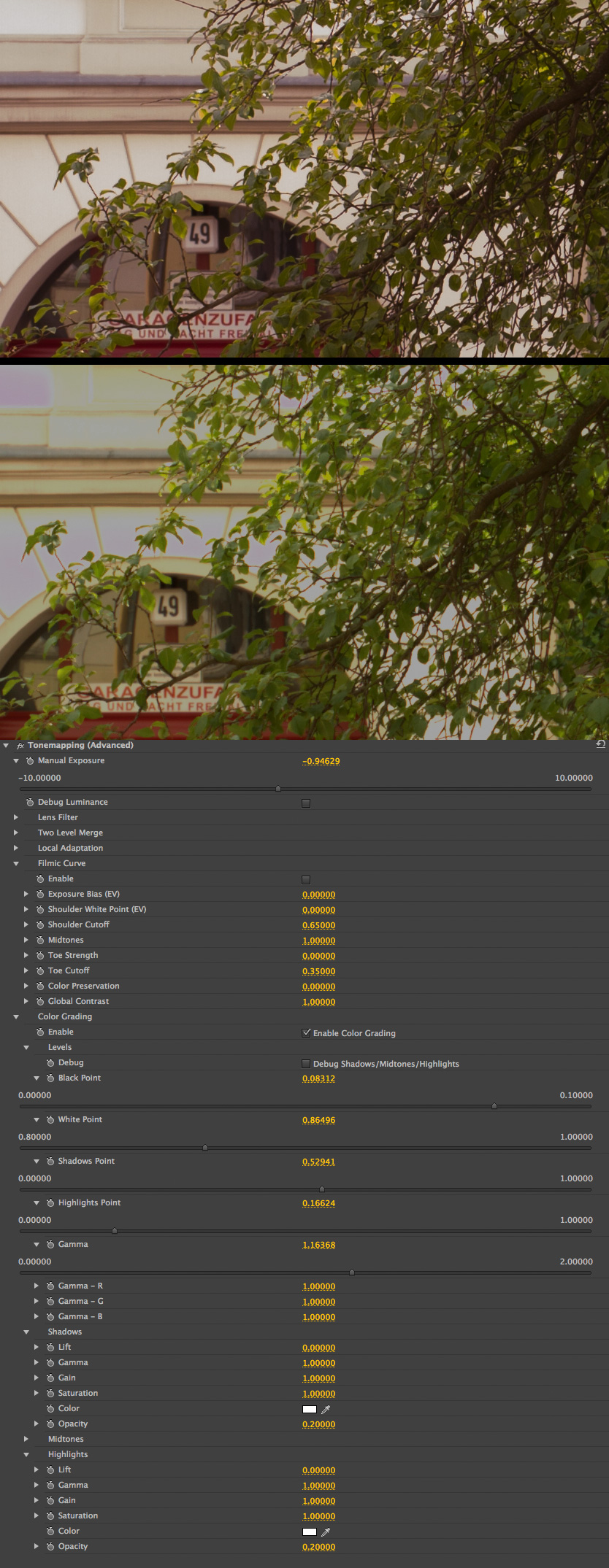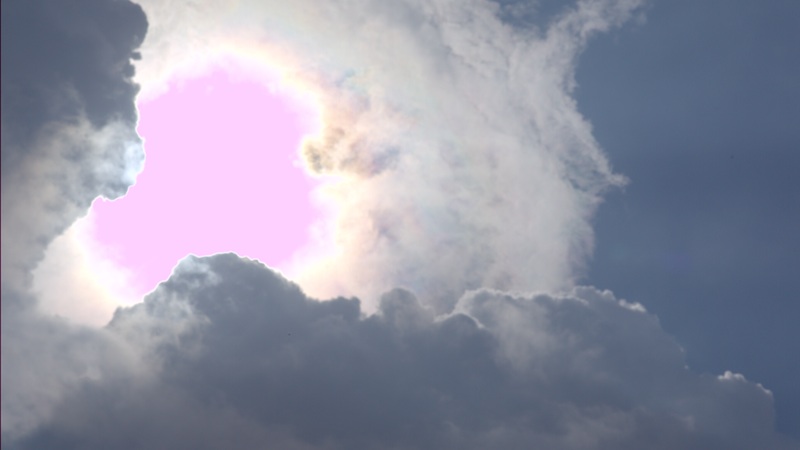Quote from: 1% on June 18, 2013, 04:19:41 PM3. The newbies probably pounded him with questions and dumb questions to boot. He got fed up and decided to make some money off of it, understandable.
That's not the motivation.
EOSHD is free, I work on it all year and get pounded by questions every day. I make money because I have to. If I didn't, it just wouldn't be viable.







